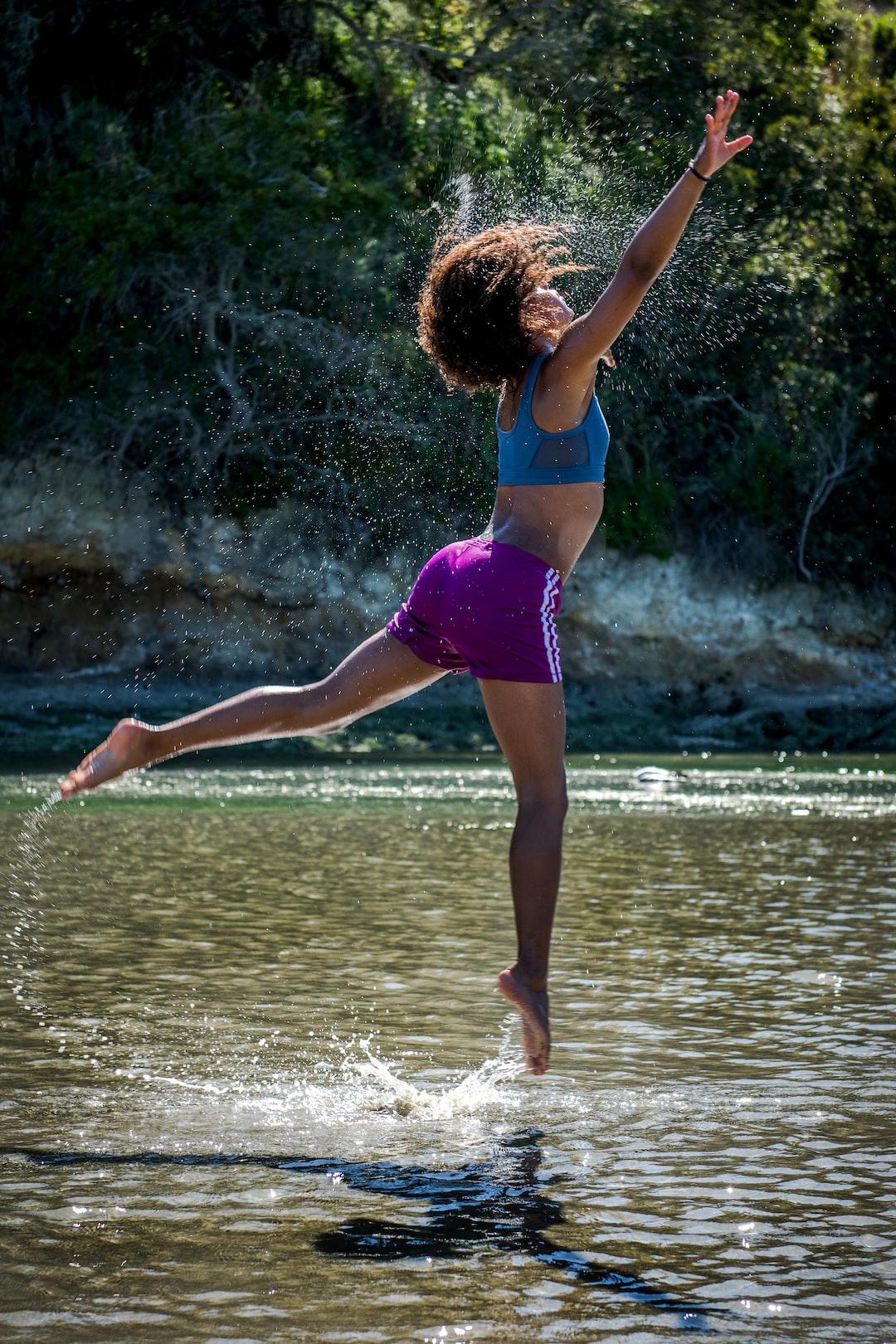From Track to Road: Transitioning from Stadium Running to Road Races
Running on a track is a familiar sight for anyone who has ever watched an Olympic event or a high school track meet. The circular path, perfectly measured distances, and the rhythmic sound of spikes hitting the ground create a unique environment for runners. However, for those seeking a different challenge or a change of scenery, transitioning from track running to road races can be both exciting and rewarding.
One of the main differences between track running and road races is the change in terrain. Instead of running on a smooth track, road races take place on a variety of surfaces, such as asphalt, concrete, and sometimes even trails. This change in terrain adds an element of unpredictability, making each race a unique experience. It also requires runners to adjust their technique, as running on the road may require different levels of stability and support compared to running on a track.
Another key difference is the race distance. Track events typically range from 100 meters to 10,000 meters, with longer distances reserved for cross-country or road events. Road races, on the other hand, offer a wider range of distances, from 5K races all the way up to marathons. This means that track runners looking to transition to road races have the opportunity to try different distances and find the one that suits them best.
The training required for road races is also distinct from track running. While track training focuses primarily on speed and interval workouts, road races require a mix of endurance, speed, and strength. Long runs become a critical part of a road runner’s training routine, as they build the necessary endurance to complete longer distances. In addition, incorporating hill training and strength exercises can help develop the muscles needed to tackle the varied terrain of road races effectively.
Apart from the physical aspect, road races offer a different kind of mental challenge. In track events, runners often compete against the clock or their personal bests. In road races, however, the competitive element is enhanced as runners contend against a larger field of participants. The atmosphere of a road race, with crowds cheering and fellow runners pushing each other, can add a new level of motivation and excitement. It is not uncommon for runners to experience a surge of energy and determination while racing alongside others, making road races a thrilling experience.
Transitioning from track to road races also opens up new opportunities for exploration. Road races are often organized in various locations, providing runners with the chance to explore new cities, towns, or scenic routes. Being able to experience the sights and sounds of a different place while participating in a race can be a rewarding way to combine travel and athletics.
In conclusion, transitioning from track running to road races offers a unique and fulfilling experience. The change in terrain, race distances, and training requirements provide runners with the opportunity to challenge themselves in new ways. It allows them to explore different locations, compete against a larger field, and embrace the vibrant atmosphere of a road race. So, whether you are an experienced track runner looking for a change or a beginner looking to venture into the world of running, consider making the transition from track to road – there is a whole new world waiting to be discovered!

